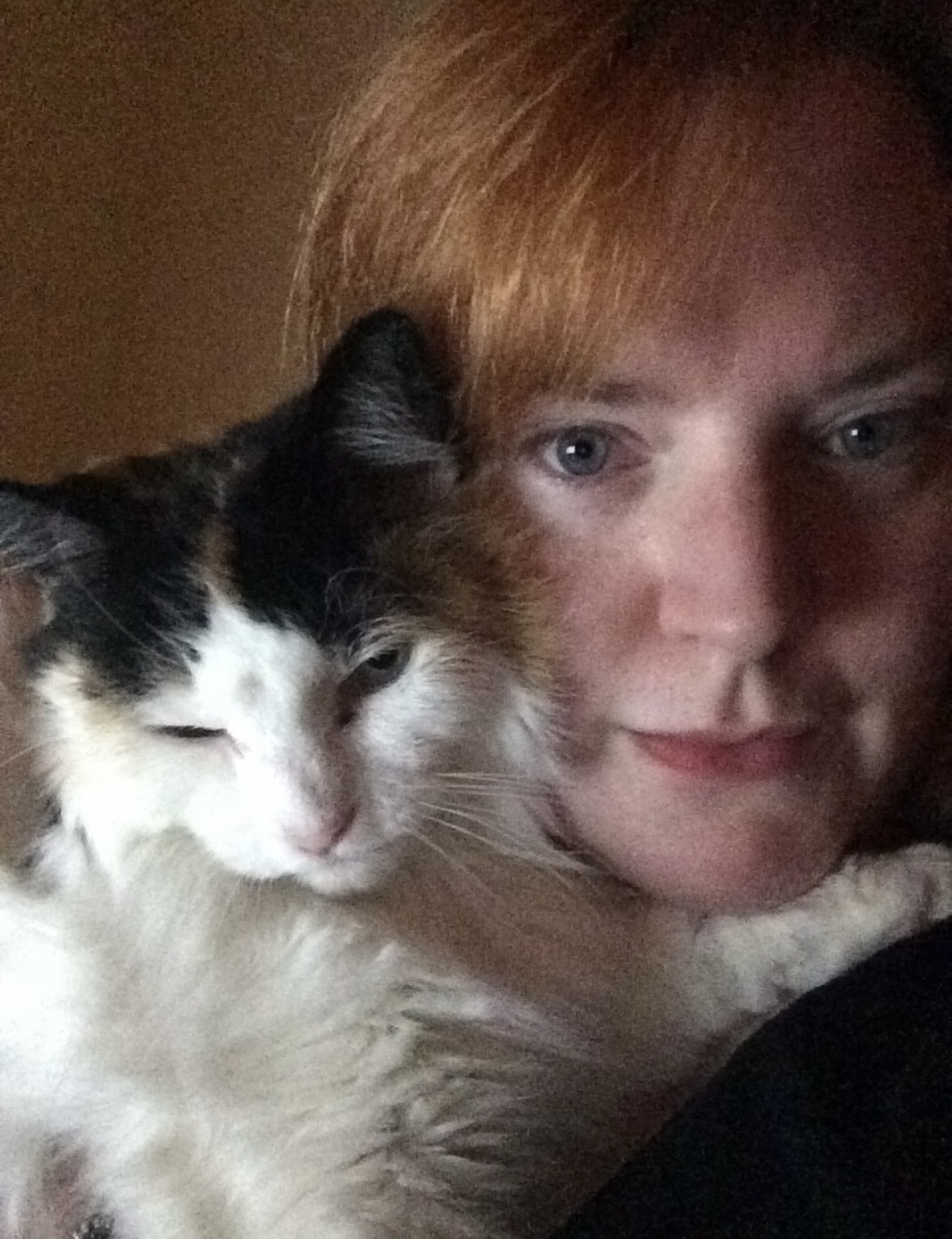Dog collars are more than just fashion accessories for pets. They’re a must-have part of owning a dog. You need a collar to walk your dog, take them on a hike, or spend the afternoon at your local dog park. As an added bonus, they also look cute. Fitting a new dog collar after a thorough selection process can be pretty pleasurable. Constantly seeing the perfect piece that flaunts your dog’s personality is nothing short of delightful. But you can’t forget the most important aspect of a collar — your dog’s comfort and enjoyment.
What to look for in a dog collar

A dog collar that fits properly should be comfortable and lightweight, so that your dog feels secure without feeling constricted. Here are a few tips on what to look for when you’re buying a new collar — and why they’re important.
Make sure it’s loose, but not too loose
According to the Humane Society, a dog collar should be loose enough that you can comfortably slip two fingers between the collar and your dog’s fur. It should be loose enough to allow for ease of movement, but not so loose that your dog can easily slip out of their collar.
Be on the lookout for chafing
If your dog’s collar is too tight, it can lead to uncomfortable skin irritation and chafing. Dogs are active, and as they run around during playtime, a too-tight collar can rub against their neck, causing irritation. You should also look for flat collars with a soft texture that sit flush against your dog’s neck to prevent any itching. You don’t want to wear scratchy materials, and neither does your dog.
Width matters
Narrow, minimalistic collars look sleek and stylish, but they’re also not the most comfortable option for your dog. A wider collar helps to distribute weight and tension more evenly, so it’s less likely to dig into your dog’s neck. This is especially important when you’re walking your dog on a leash, as your dog will likely walk ahead of you and tug at their leash in excitement.
Make sure the collar works with your dog’s coat
If your dog has a thick, dense coat, it’s best to shop for a new collar right after a trim. This will ensure you get the best fit for your dog’s neck size rather than accommodating the visual width of their coat. Make sure to look for textures suitable for long-haired dogs, so your dog’s fur won’t get tangled in the collar and cause uncomfortable tugging.
Why should I use a dog collar?

Dog collars are essential because they allow you to have better control of your dog while you’re walking them outside on a leash. They also make training easier, as they allow you to direct or correct your dog’s behavior with gentle tugs on the leash. Additionally, some locales legally require your dog to wear a collar and leash if they’re outside, so make sure to know your local pet ordinances.
Another great benefit of a dog collar is that it gives you somewhere to clip your dog’s identification tag so others know how to reach you in case your dog ever slips away.
How can I get my dog used to wearing a collar?
If your dog has had prior bad experiences wearing a collar, they may react fearfully at the mere sight of one. Fortunately, desensitization training and behavioral conditioning will help your dog to relax — and even come to associate their new collar with playtime and treats.
The best way to help your dog overcome fear of a collar is to introduce it gradually. Have the collar in sight while you play with your dog, and give them a treat so they begin to see the collar as a friend rather than a foe. Best of all, you don’t need any professional training to do this. All you need is a bag of your dog’s favorite treats and a little patience.
Once your dog is able to remain calm when they see the collar, try holding it in your hand while you pet them and give them a reward like a treat or their favorite toy. It should be easy going from there on out.
Do puppies need to wear a collar?

Yes, and it’s much easier to introduce puppies to the idea of wearing a collar than an older dog with prior bad experiences wearing one. Let your puppy play with their new collar so they feel comfortable with it before putting it on; from there, the process should be relatively simple. If your puppy is reluctant, try giving them a treat and lots of praise.
Your dog should associate their collar with positive experiences like walks in the park, playdates with other dogs, and treats. As long as your dog’s collar is comfortable, wearing it won’t cause any distress. You’ll be able to walk your dog securely, and your dog will feel safe and at ease while wearing their collar.




